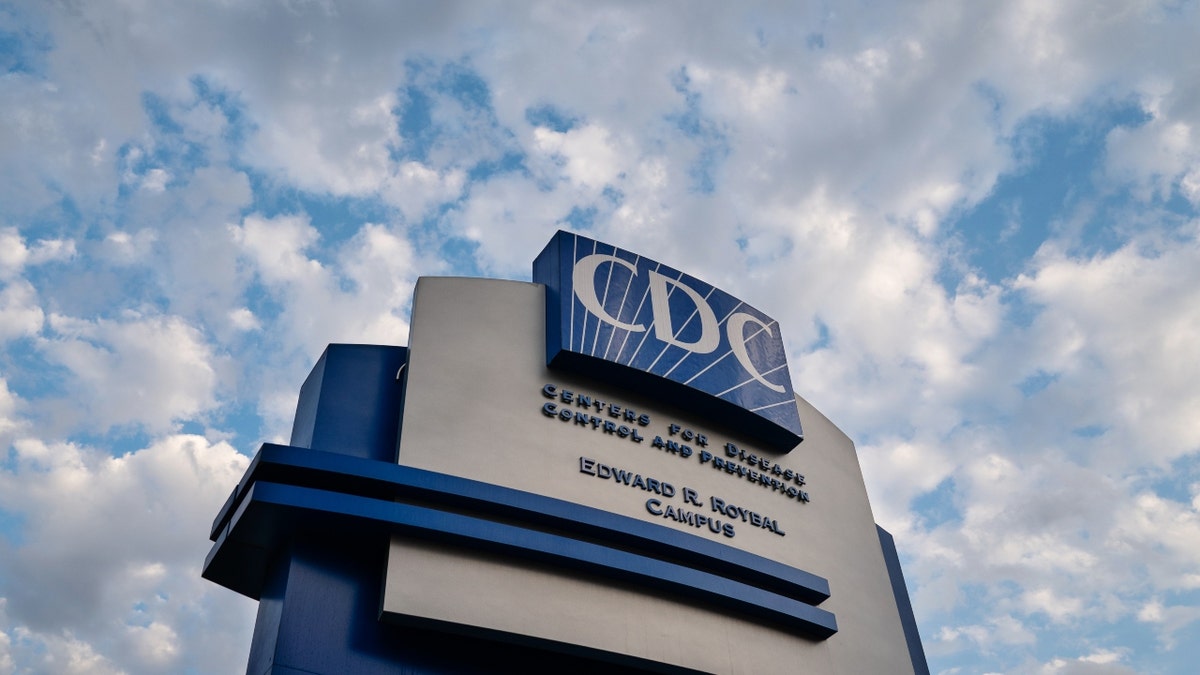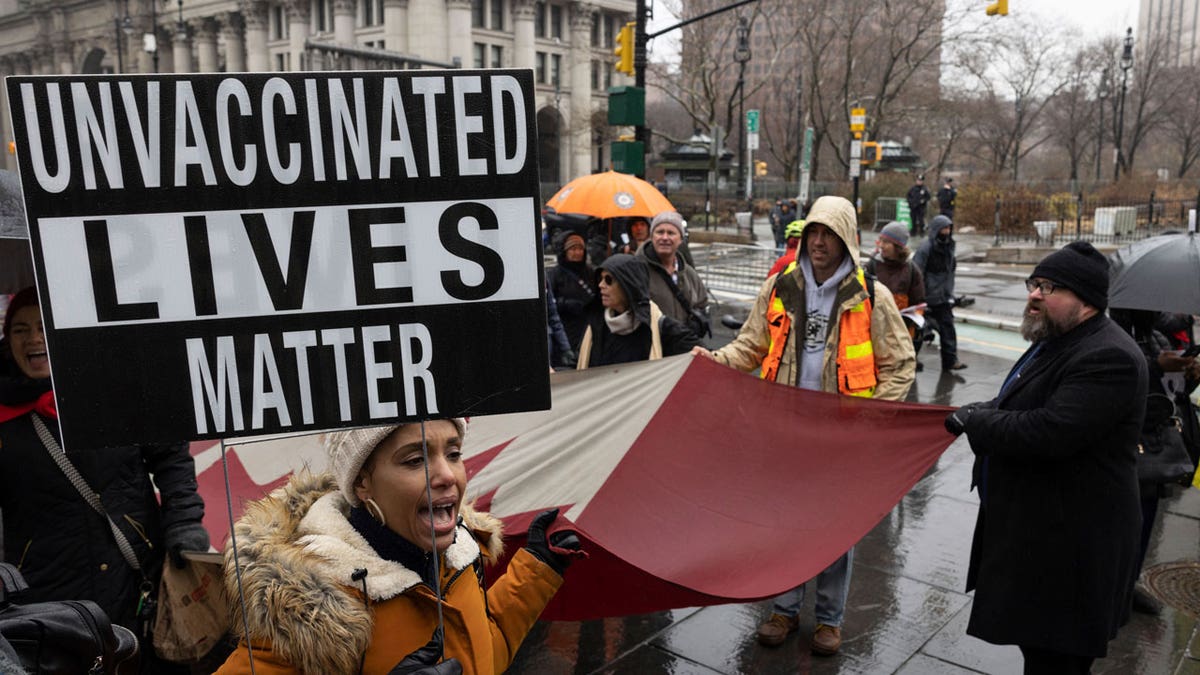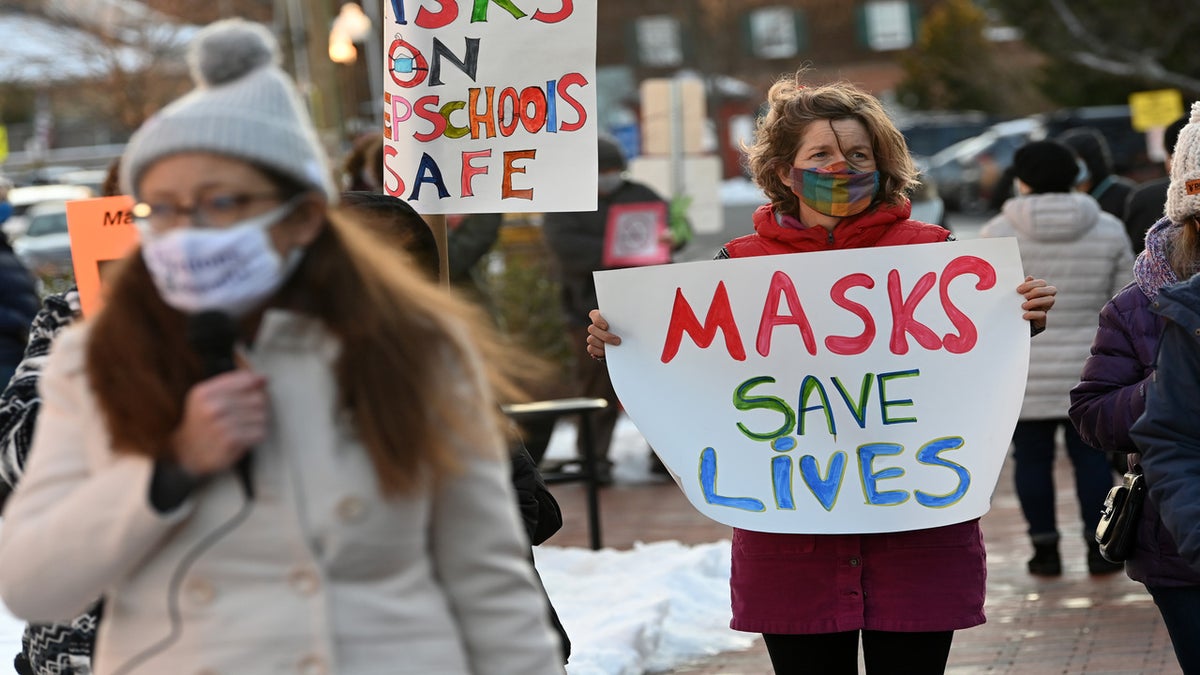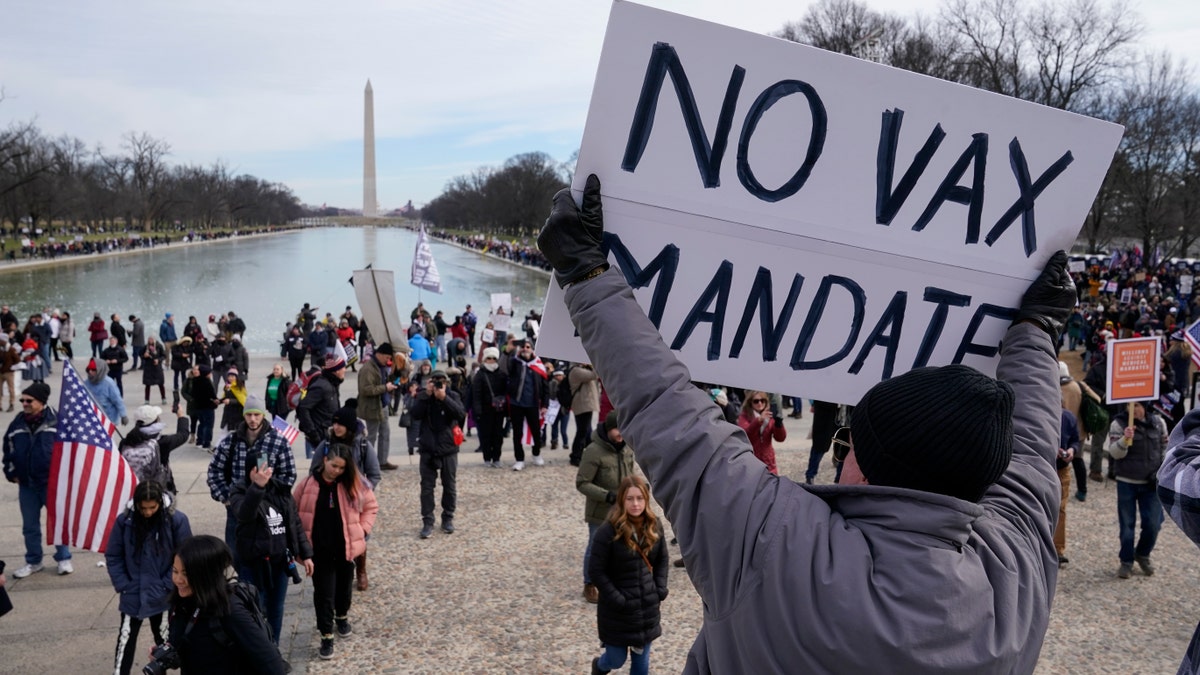CDC reportedly considers ending 5-day isolation period for COVID
Fox News contributor Dr. Marc Siegel joins 'America Reports' to discuss the possible changes to COVID-19 isolation guidelines and his recent op-ed on President Biden's health.
In a step that is long overdue, the Centers for Disease Control and Prevention (CDC) will loosen COVID isolation guidelines – finally embracing a more practical approach that acknowledges how much has changed since the guidelines were last updated in 2021.
The CDC’s announcement exemplifies their response to the pandemic, characterized by dramatic policy failures and out-of-touch decision-making.
A little more than four years ago, the secretary of Health and Human Services declared a public health emergency in response to COVID-19. Unfortunately, it quickly became painstakingly clear to those working in the White House, and to most Americans, that the nation’s premier public health agency had long ago fell asleep at the wheel.

The Centers for Disease Control and Prevention (CDC) headquarters in Atlanta, Georgia, on March 14, 2020. (Elijah Nouvelage/Bloomberg via Getty Images)
It was obvious the CDC could not rise to the challenge presented by COVID-19 and is overdue for both a holistic reevaluation and strategic refocusing. One of us had a first-hand account of this as a White House fellow.
LONG COVID IS HIGHEST IN THESE STATES, SAYS NEW CDC REPORT
When the coronavirus arrived in the U.S. after the failures of China and the World Health Organization to properly warn the world, it spread through hospitals, nursing homes and public spaces. However, the CDC – whose original mission was to protect Americans from communicable diseases – failed miserably in their response.
Over the course of four years, they mishandled public communication and messaging, were unable to thoughtfully assess risk, engaged in widespread regulation of Americans’ everyday lives, and caused economic devastation through wide-reaching public health recommendations.

A health care worker administers a nasal swab COVID-19 test at mobile testing site in the Times Square neighborhood of New York, on Dec. 5, 2021. (Jeenah Moon/Bloomberg via Getty Images)
Within weeks of declaring the public health emergency, the CDC failed its first major test by its inability to develop tests internally, prompting the Department of Health and Human Services and the White House to step in to help solve the issue in partnership with the private sector. The problems only got worse from there.
Under the Biden administration, CDC officials coordinated with teachers’ unions to keep schools closed – despite warnings of adverse effects on children’s mental health and academic development.
And the agency’s confusing messaging on everything from vaccine boosters to isolation time periods drew criticism from the public and medical professionals alike.
NEW REPORT REVEALS HOW CDC CAN BE READY FOR THE NEXT PANDEMIC
Ultimately, the Biden administration’s unprecedented implementation of vaccine mandates with the support of the CDC contributed to Americans’ loss of trust in public health agencies. And in one egregious instance, reporting surfaced that CDC bought location data to track how Americans adhered to lockdowns and vaccination rates in certain communities.
Each of these failures can be attributed to the deliberate, decades-long transformation of the CDC from a readiness and response force that surveils and mobilizes against communicable disease threats to a politically motivated, yet highly bureaucratic and siloed, academic institution that focuses on funneling funds to universities, nonprofit organizations, and local governments.
Both its budget and staffing have drifted accordingly: one-third of the agency’s budget relates to its core mission, and only 8.6% of its staff are epidemiologists.

At an anti-vaccine mandate rally, people protest ahead of possible termination of New York City employees due to their vaccination status, Feb. 7, 2022, in New York. (AP Photo/Yuki Iwamura, File)
The CDC’s dramatic pandemic failures prompted close examination of its budgetary and programmatic foci – including a recent working paper that highlights the challenges of CDC reform.
The CDC has attempted to be "all things to all people" and expanded its mission to include climate change, structural racism, and gun violence. Offices and centers have been added to the agency over the intervening decades since the agency’s formation in 1946, seemingly without a thought as to strategy and execution while straying far from the charge to protect Americans from communicable diseases.
FEAR OF OPEN DEBATE ABOUT COVID VACCINES LIKELY LED TO PUBLIC HESITANCY, EX-CDC DIRECTOR SAYS
Mission creep and a lack of intellectual honesty have served Americans poorly. Despite spending over $1 billion in combating hypertension, diabetes and obesity over the past decade, by all accounts, our health measurements have worsened.

People gather in support of continuing a school mask mandate outside the Loudon County Government Center prior to a Board of Supervisors meeting in Leesburg, Virginia. (Matt McClain/The Washington Post via Getty Images)
Perhaps Americans would be better served by investments in other areas, such as promoting economic prosperity to improve community health, as outlined in the 2021 Surgeon General’s report.
As part of its transformation into an obese bureaucracy, the CDC became a filter for ideas through the use of cooperative agreements, initiatives and grants to dispense money to a wide swath of universities, nonprofit organizations, and local health departments.
Top down funding allows remote bureaucrats to dictate local needs: we can all agree that California, Nebraska and Florida likely have different public health needs. Why not let local governments and the people – not federal bureaucrats – decide where to make investments?

Protesters gather for a rally against COVID-19 vaccine mandates in front of the Lincoln Memorial in Washington, D.C., on Jan. 23, 2022. (AP Photo/Patrick Semansky, File)
Solving the woes at the CDC requires a strategic, surgical approach: in large organizations, prioritizing everything functionally means prioritizing nothing.
CLICK HERE FOR MORE FOX NEWS OPINION
The recently published evaluation highlights specific opportunities to improve 51 of the 136 programmatic initiatives at the agency. Some that are serving a distinct mission should be maintained or expanded. Others that are duplicative or unnecessary should be transferred or eliminated.
For example, some CDC chronic disease initiatives could be transferred to other agencies with similar efforts or eliminated with the option of appropriation of funds directly to local communities.
With an average of 240 cooperative agreements funded annually at an average of $1.6 million per recipient – including many to special interest groups and institutions of higher education – it is clear that CDC funding priorities should be reevaluated.
CLICK HERE TO GET THE FOX NEWS APP
Once the crown jewel of public health action, the CDC has sat like an old car up on concrete blocks with the wheels removed, rusting. The agency is long overdue for a reformation restoring its effectiveness and glory as the fire station of public health.
With the COVID-19 pandemic in the rearview mirror, now is the time to restore public trust in our public health institutions and prepare for future threats.
CLICK HERE TO READ MORE FROM DR. BRIAN MILLER
Brian Miller, M.D., M.P.H., M.B.A., is an assistant professor of medicine at the Johns Hopkins University and a nonresident fellow at the American Enterprise Institute. Both are board-certified in preventive medicine and general public health.























